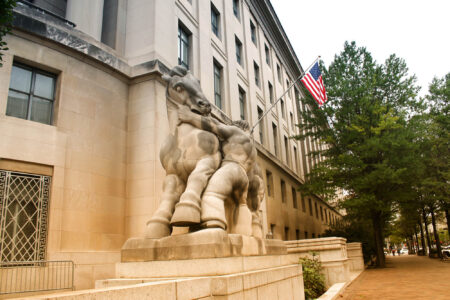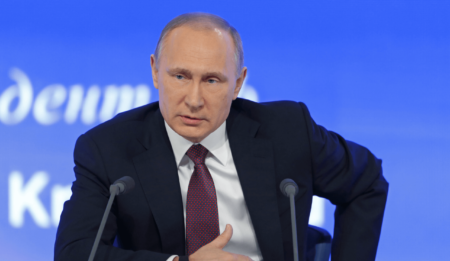What has been happening around Blockchain Technology and Cryptocurrencies this week? The most relevant local and international developments as well as appealing background reports in a pointed and compact weekly review.
The financial crisis in 2008 marked the beginning of a new era in U.S. monetary policy. Characterized by an aggressive expansion of the money supply under the quantitative easing (QE) program, the markets have been extensively supplied with liquidity by the central bank for more than a decade. Despite the loose monetary policy, this has not led to a general inflation problem so far. This has changed drastically in the recent past, with registered inflation figures around 7%. One of the most plausible explanations is that the transmission mechanisms have not worked as expected, as QE has often been used in an unproductive way, with companies using the low bond yields for share buybacks rather than growth initiatives. It took a global pandemic to expose the fragile global logistics network and reveal significant supply bottlenecks. This circumstance ultimately helped push inflation to levels not seen in the U.S. since 1982. The situation has now prompted the Fed to scale back its expansionary monetary and interest rate policies over the near term. What will happen to bitcoin, the dollar and other assets in a rising interest rate environment? James Butterfill takes a look at past interest rate hike cycles and their impact on both real and digital assets.
The state of regulation around cryptocurrencies is patchy in many countries. The nature of digital currencies also calls for international coordination. For international standard-setting bodies such as the G7, the Financial Stability Board (FSB), and the Bank for International Settlements (BIS), the U.S. position remains crucial. However, the regulatory approach in the States suffers from a complex federal and state regulatory system. This has resulted in a differentiated crypto-regulatory landscape with sometimes conflicting positions between states. Divergent views prevail at the federal level, resulting in unclear economic policy directions. Finally, there is a lack of a unified definition of “cryptocurrencies.” For the past year, crypto regulation has been a key issue in the U.S. Congress, and a comprehensive framework could pave the way for a clearly regulated crypto industry this year. With an “executive-order” to various agencies this week, President Biden has also expressed the importance of unified regulation.
The world’s leading derivatives exchanges CME and Eurex have been operating tradable derivatives contracts on Bitcoin & Co. for a while now. In an interview with CVJ.CH, Randolf Roth, member of the Eurex Executive Board, shares his thoughts on the institutional adoption of digital assets as well as their significance for traditional exchanges. According to Roth, despite a clear trend, the adoption of institutionalized cryptocurrency trading is still at a very early stage.
Selektierte Artikel im Wochenrückblick:
A look at the anti-inflation measures taken by the FED and the market’s reaction to them, particularly for Bitcoin and other real assets.
A forecast of regulatory developments and a unified approach to crypto regulation in the US for the year 2022.
President Vladimir Putin is asking for consensus on cryptocurrency policy between conflicting approaches by Russian authorities.
A conversation with Randolph Roth, Member of the Executive Board of Eurex Frankfurt AG, about crypto in the traditional financial world.
The first decentralized exchange (DEX) on the Cardano blockchain, SundaeSwap, faced challenges during its initial mainnet launch.













